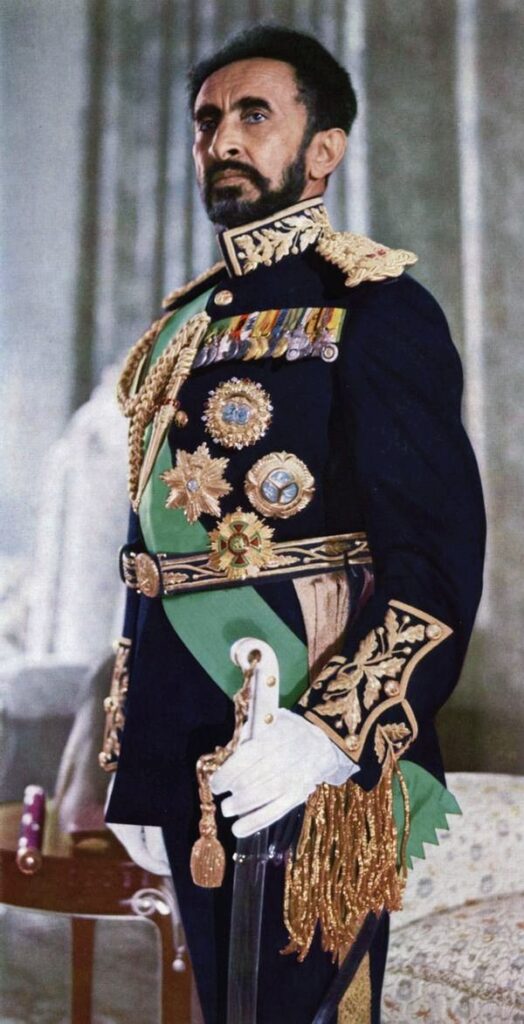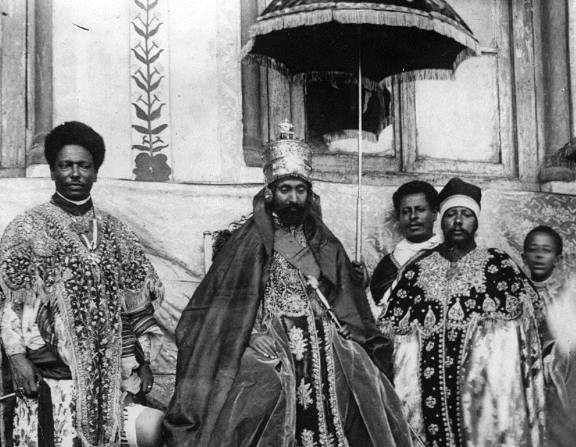Haile Selassie, born Tafari Makonnen, was a prominent figure in Ethiopian history and an influential leader in the Pan-African movement. As Ethiopia’s last emperor, he played a pivotal role in resisting Italian imperialism. This article delves into the life and reign of Haile Selassie, examining his enduring legacy and his impact on African unity.
Haile Selassie was born in 1892 in the town of Ejersa Goro in what is now Ethiopia. From a young age, he displayed exceptional leadership qualities and a deep commitment to modernizing Ethiopia while preserving its cultural heritage. In 1930, he ascended to the throne as Emperor of Ethiopia, taking the regnal name Haile Selassie, which means “Might of the Trinity.” One of the most defining moments of Haile Selassie’s reign was Ethiopia’s resistance against Italian aggression during the First Italo-Ethiopian War (1895-1896) and the Second Italo-Ethiopian War (1935-1936). In the face of overwhelming odds, Ethiopia under Haile Selassie’s leadership became a symbol of African resistance against colonialism. His impassioned plea for help at the League of Nations in 1936, after the Italian invasion, resonated with people worldwide and earned him the title “The Lion of Judah.”

After Ethiopia’s liberation from Italian occupation in 1941, Haile Selassie worked to modernize the country, implementing a series of reforms aimed at improving education, infrastructure, and governance. He also played a key role in the establishment of the Organization of African Unity (OAU), which sought to promote unity and cooperation among African nations. Haile Selassie’s enduring legacy extends beyond his time as emperor, as he continues to be a symbol of African resistance, unity, and sovereignty. His commitment to the principles of justice, self-determination, and African unity has left an indelible mark on the continent’s history.


